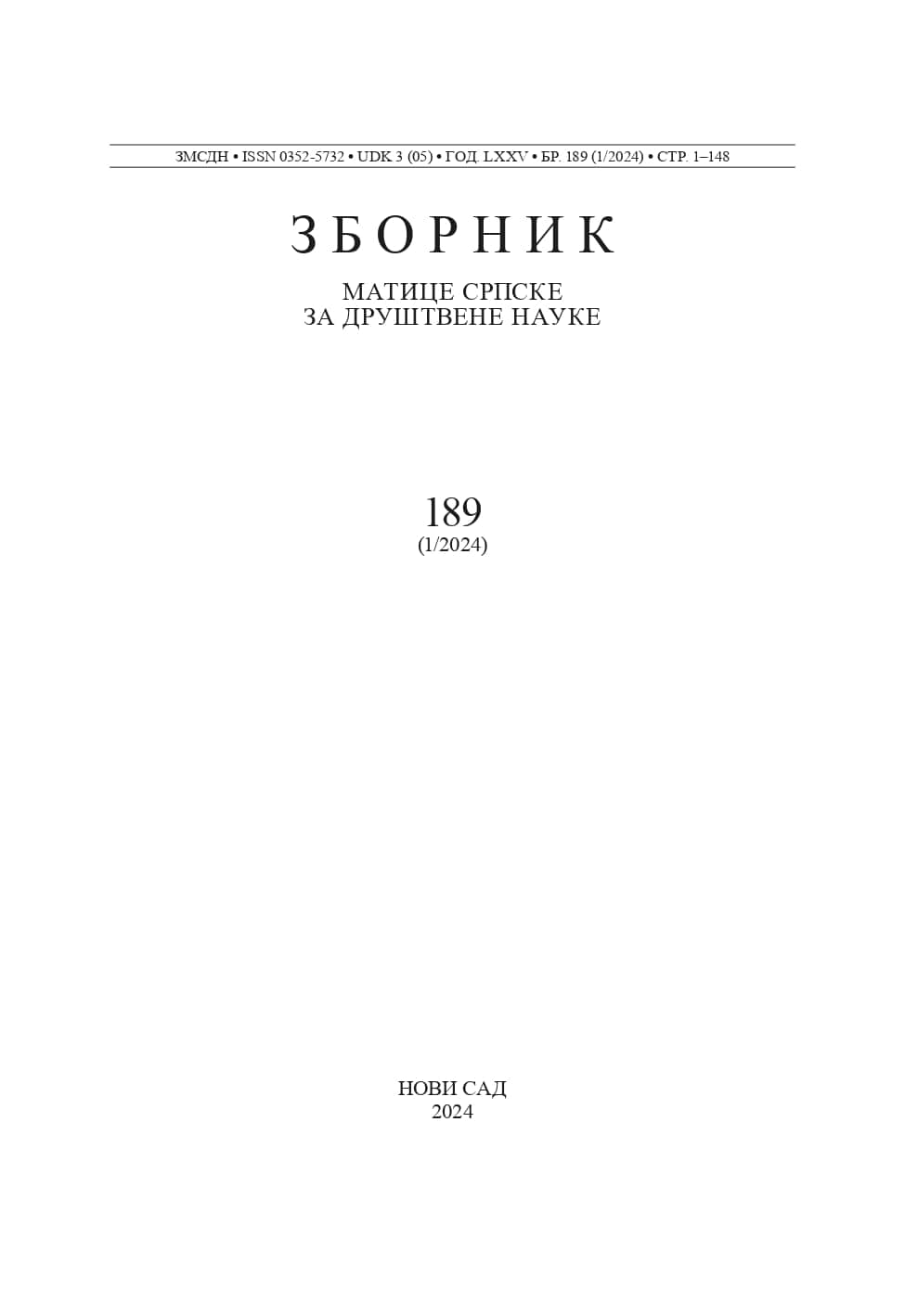ФЕРТИЛИТЕТ СТАНОВНИШТВА У СРБИЈИ У 21. ВЕКУ
FERTILITY OF THE SERBIAN POPULATION IN THE 21st CENTURY
Author(s): Daniela ArsenovićSubject(s): Social Sciences, Geography, Regional studies, Human Geography, Applied Geography, Sociology, Demography and human biology
Published by: Матица српска
Keywords: Fertility; postponement of childbearing; Census; Serbia
Summary/Abstract: Total fertility rate below replacement level is one of the main characteristics of the contemporary demographic development of the population in Serbia. The results of the Census conducted in 2022 further intensified the already raised issue of low reproductive rate and the total fertility rate in Serbia today counts 1.63, which is the highest value recorded in the 21st century. The decline in the fertility rate began in the 20th century. The main drivers of this decrease are demographic and economic factors and the ones that impact the formation of the society in which individuals and couples tend to experience parenthood. The main aim of this paper is to give trends and changes of fertility in Serbia during the 21th century, using Census data from 2002, 2011 and 2022, as well as vital statistics. According to the 2022 census, there were 6,647,003 inhabitants in Serbia, and out of that number, 51.4% were women, i.e. 44.4% were women aged 15 and over and 21.1% were women of the age 15–49. Analysis of data for three censuses conducted in the 21st century demonstrates that the number of women who have not given birth is decreasing, which is a consequence of the decline in the overall population. When it comes to the order of birth of a child, the majority are women who gave birth to two children, then one child, then women who gave birth to three children, four and five and more. The number of women aged 15 and over according to the order of birth of the child has decreased both in relation to one child and according to the higher order of birth. Nevertheless, the share of women aged 15 and over who gave birth to two in relation to the total number of women of that age increased slightly. One of the important characteristics of the fertility in Serbia is the increase in the average age of the mother at birth. The change in the age model of birth has impact on average number of children per women, which is also shown by the adjusted total fertility rate.
Journal: Зборник Матице српске за друштвене науке
- Issue Year: 2024
- Issue No: 189
- Page Range: 41-52
- Page Count: 12
- Language: Serbian

